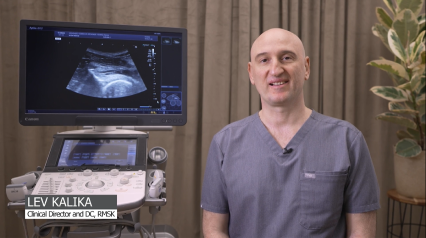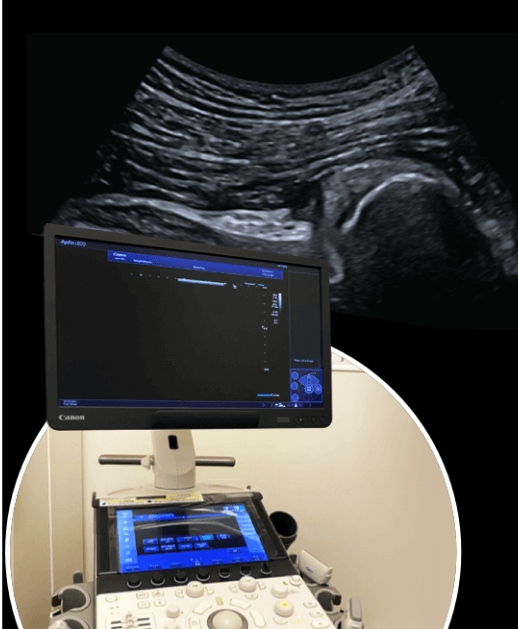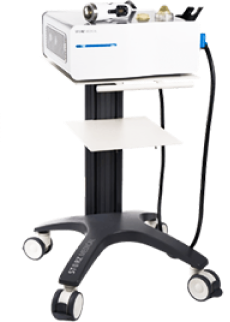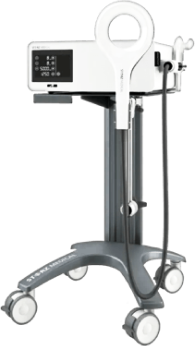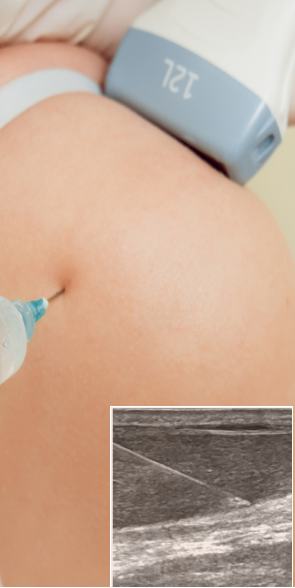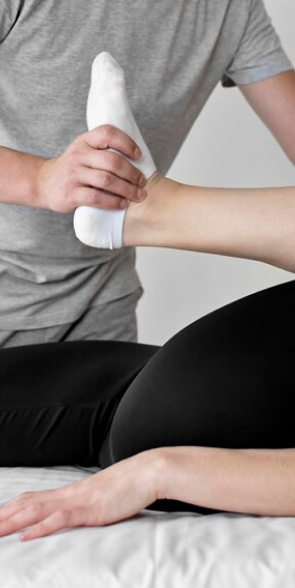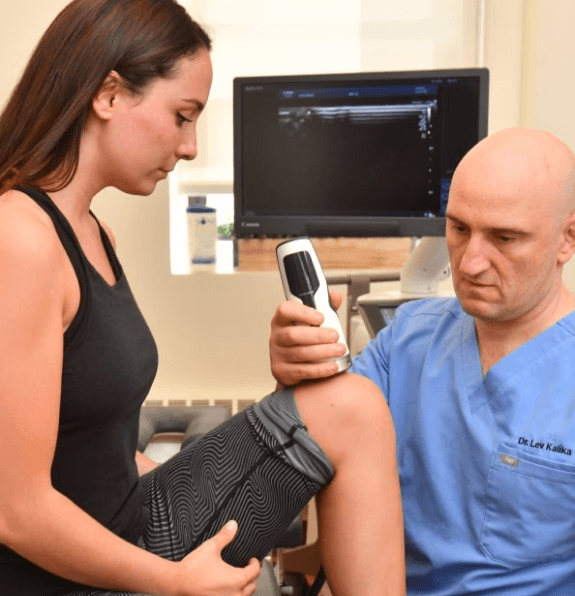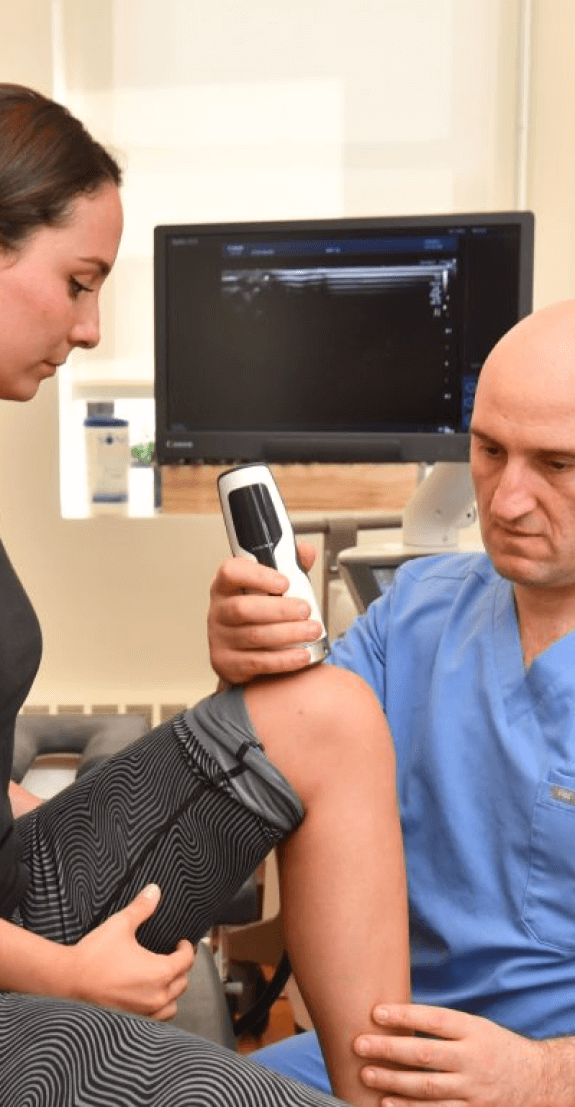According to recent research, knee OA appears to be a modern condition associated with key lifestyle factors. One analysis reveals that the prevalence of knee osteoarthritis has more than doubled since the mid-20th Century, and another peer-reviewed article digs into prehistoric archaeology to debunk the notion that “wear and tear” is the primary cause of joint OA.
As knee OA progresses, it not only causes the degeneration of cartilage, but also affects the meniscus, ligaments, and muscles surrounding the knee. Knee OA is strongly associated with metabolic disease and premature death.
Rather than addressing lifestyle factors, common medical treatments involve prescription painkillers, NSAIDs, corticosteroid injections, knee braces, and avoiding physical activity — a factor known to cause the condition in the first place. When all else fails, surgery may be prescribed.
Knee osteotomy is a surgical procedure that seeks to offset cartilage loss by removing or reshaping bone tissue in either the femur or the tibia, to redistribute body weight and take pressure off the affected knee. As you can imagine, shifting weight to other parts of the body creates new problems, with little hope of restoring normal mobility.


